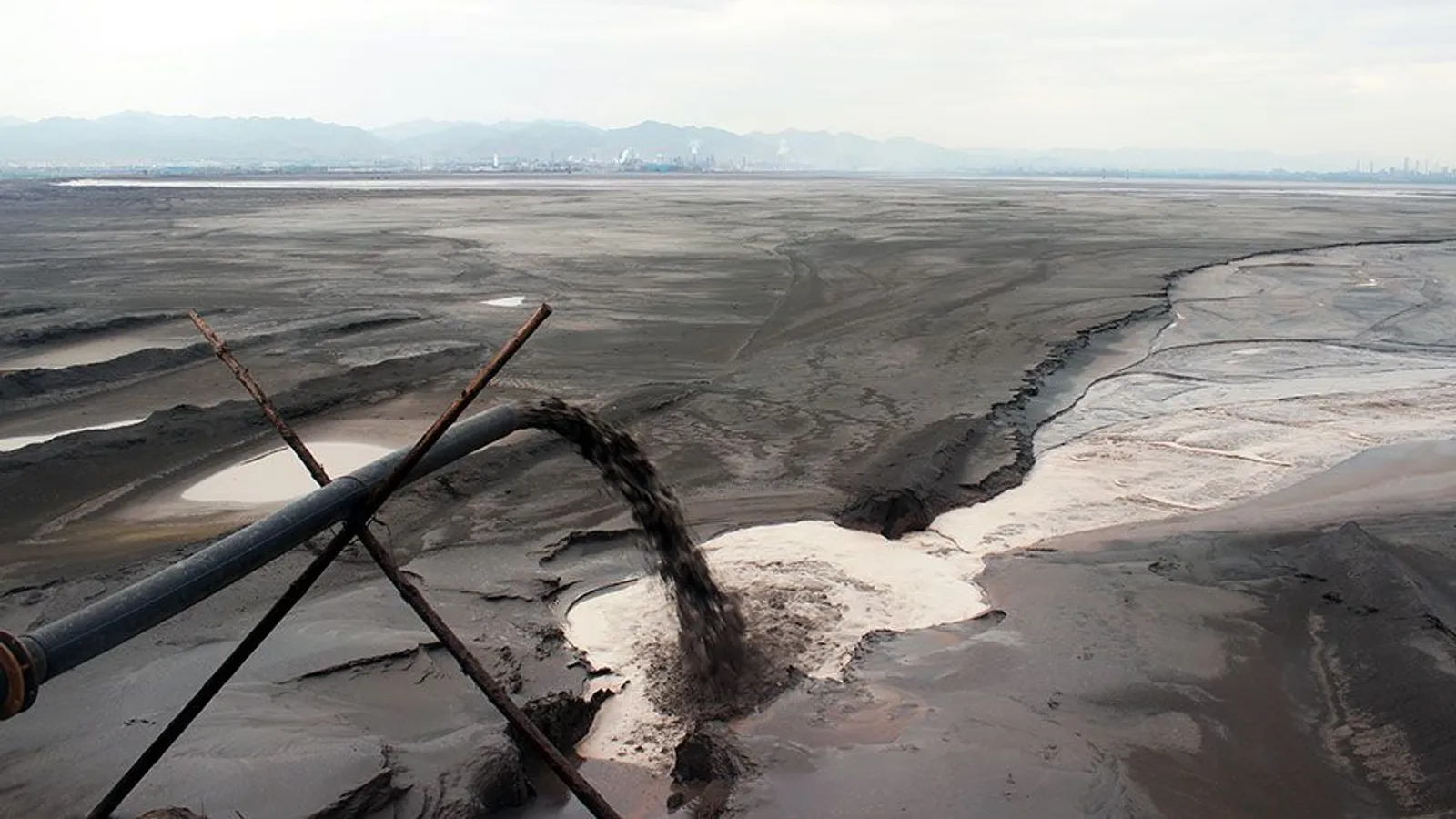About the book
In Atlas of AI: Power, Politics, and the Planetary Costs of Artificial Intelligence Crawford reveals how the global networks underpinning AI technology are damaging the environment, entrenching inequality, and fueling a shift toward undemocratic governance. She takes us on a journey through the mining sites, factories, and vast data collections needed to make AI "work" — powerfully revealing where they are failing us and what should be done. Atlas of AI was named one of the best books on technology in 2021 by the Financial Times.
While technical systems present a veneer of objectivity and neutrality, Crawford shows how they are designed to serve and intensify existing systems of power. Drawing on a decade of original research, she shows how the new infrastructures of AI reflect the beliefs and perspectives of a small group of people and serve the interests of the few at the expense of the many.
https://www.sydney.edu.au/engage/events ... of-ai.html
Hear from Kate Crawford, Honorary Professor at the University of Sydney and one of the world's foremost scholars on the social and political implications of artificial intelligence.
Timed for the Australian launch of her new book, Atlas of AI: Power, Politics, and the Planetary Costs of Artificial Intelligence, Kate Crawford makes a compelling case for how artificial intelligence is not an objective or neutral technology of innovation.
Hailed in Nature as an essential read, Crawford's book "exposes the dark side of AI success" by taking us on a journey that uncovers how planetary computation is fueling a shift toward undemocratic governance and increased inequity.
Who benefits most and what is at stake from these systems? Crawford says that 'these systems are empowering already powerful institutions – corporations, militaries and police.'
A brilliant thinker, award-winning author, and acclaimed academic, hear University of Sydney alumna and Honorary Professor Kate Crawford explain what it takes to make AI work, and how it centralises power.
https://www.bbc.com/future/article/2015 ... e-on-earth
2015

We reached the shore, and looked across the lake. I’d seen some photos before I left for Inner Mongolia, but nothing prepared me for the sight. It’s a truly alien environment, dystopian and horrifying. The thought that it is man-made depressed and terrified me, as did the realisation that this was the byproduct not just of the consumer electronics in my pocket, but also green technologies like wind turbines and electric cars that we get so smugly excited about in the West. Unsure of quite how to react, I take photos and shoot video on my cerium polished iPhone.
You can see the lake on Google Maps, and that hints at the scale. Zoom in far enough and you can make out the dozens of pipes that line the shore. Unknown Fields’ Liam Young collected some samples of the waste and took it back to the UK to be tested. “The clay we collected from the toxic lake tested at around three times background radiation,” he later tells me.
